Terms of Service Agreement
-
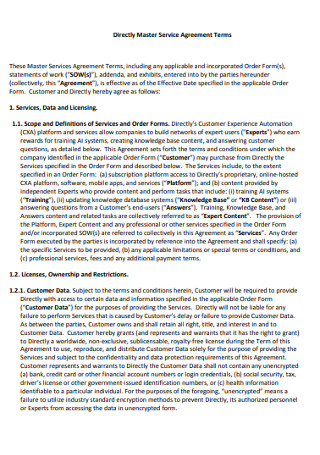
Directly Master Service Agreement Term
download now -
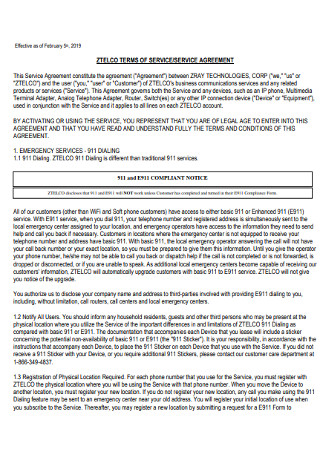
Sample Terms of Service Agreement
download now -
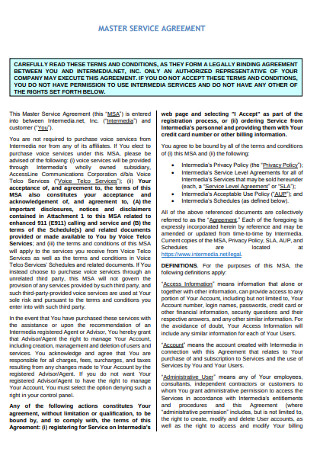
Master Terms Of Service Agreement
download now -
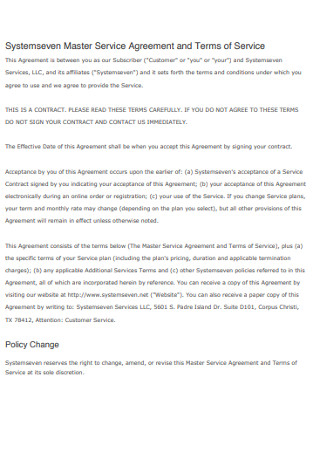
Systemseven Master Terms of Service Agreement
download now -
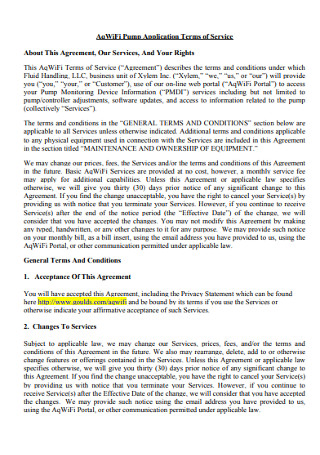
Pump Application Terms of Service Agreement
download now -
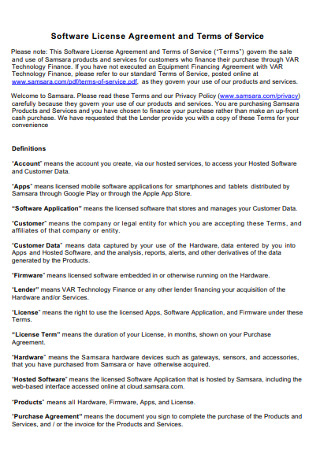
Software License Agreement and Terms of Service
download now -
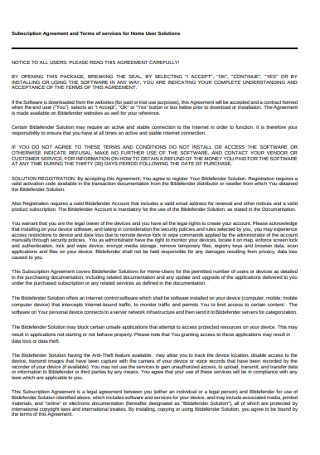
Terms of services Subscription Agreement
download now -
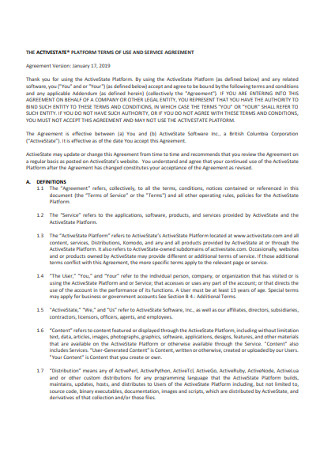
Platform Terms of Use of Service Agreement
download now -
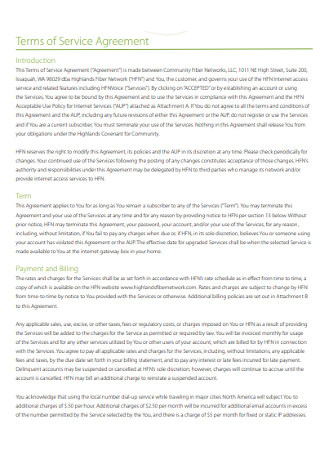
Network Terms of Service Agreement
download now -
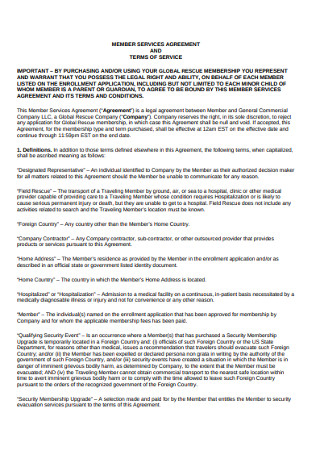
Terrms of Member Service Agreement
download now -
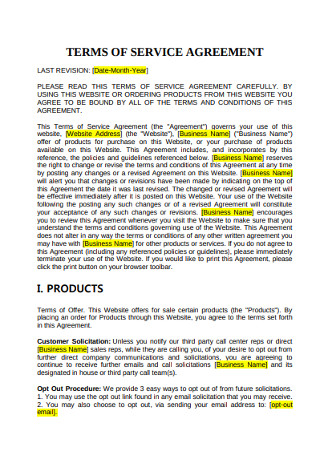
Basic Terms of Service Agreement
download now -
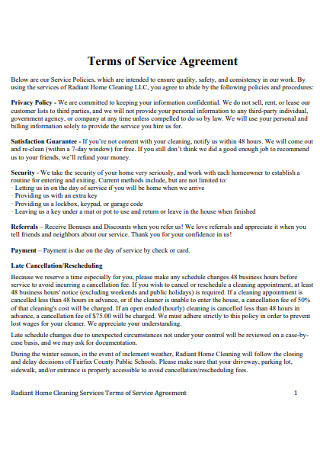
Home Cleaning Terms of Service Agreement
download now -
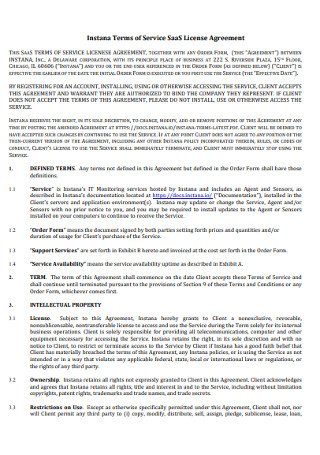
Licence Terms of Service Agreement
download now -
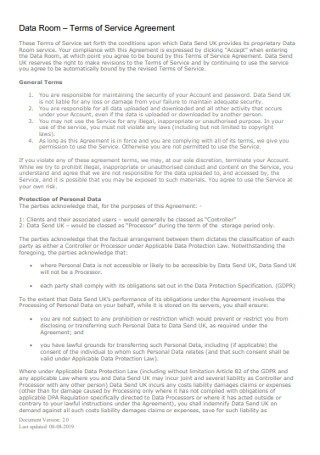
Room Terms of Service Agreement
download now -
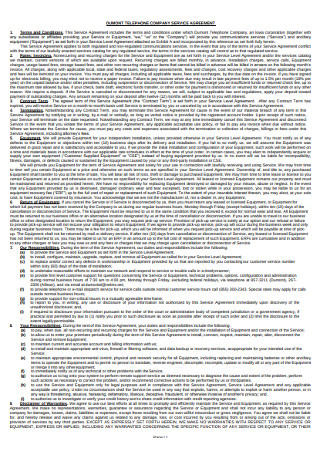
Telephone Company Terms of Service Agreement
download now -

Legal Terms of Service Agreement
download now -
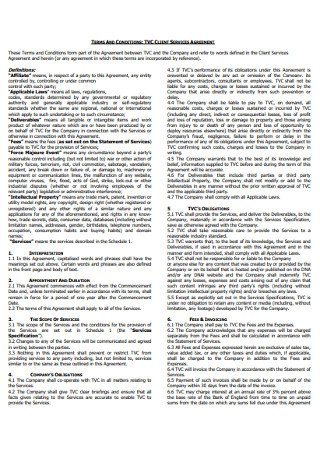
Terms of Service Client Agreement
download now -
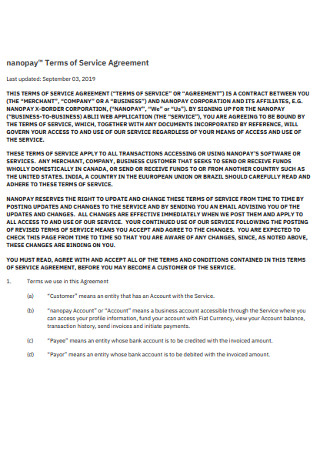
Simple Terms of Service Agreement
download now -
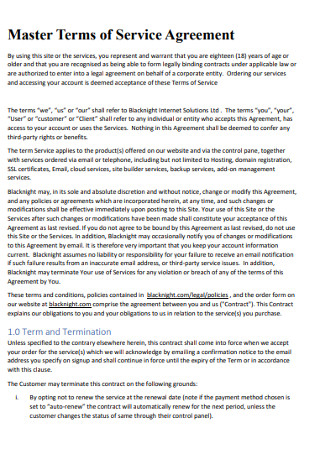
Sample Master Terms of Service Agreement
download now -
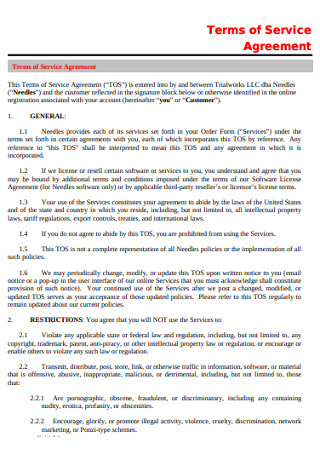
General Terms of Service Agreement
download now -
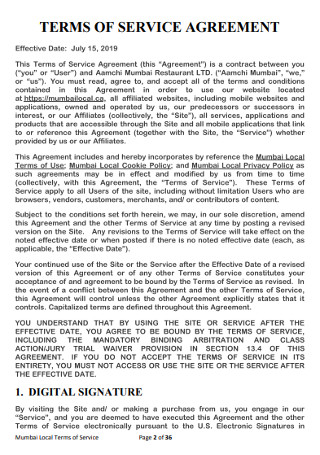
Sample City Terrms of Service Agreement
download now -
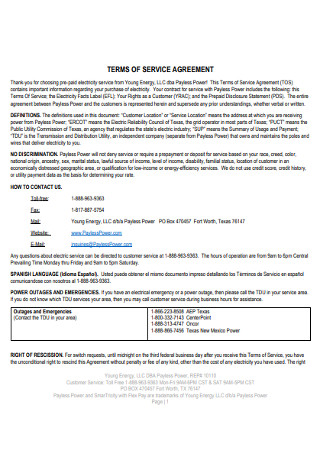
Power Terms of Service Agreement
download now -
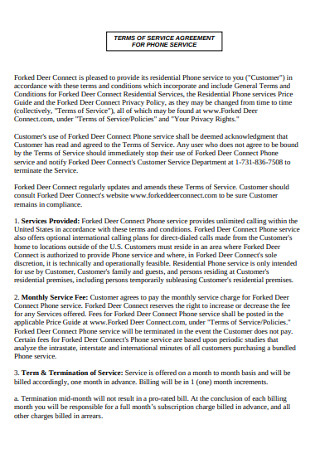
Terms of Phone Service Agreement
download now -
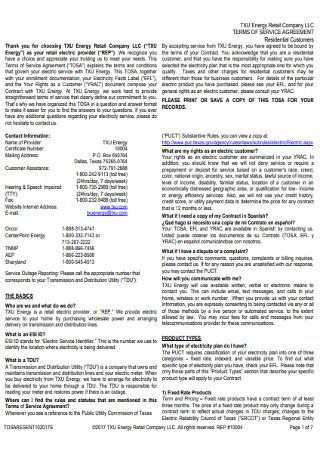
Retail Company Terms of Service Agreement
download now -
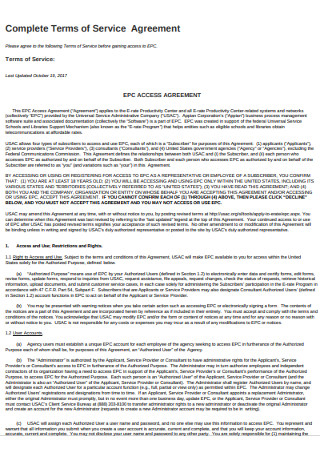
Complete Terms of Service Agreement
download now -
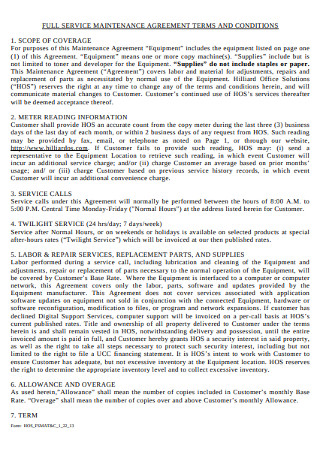
Terms of Service Maintenance Agreement
download now -
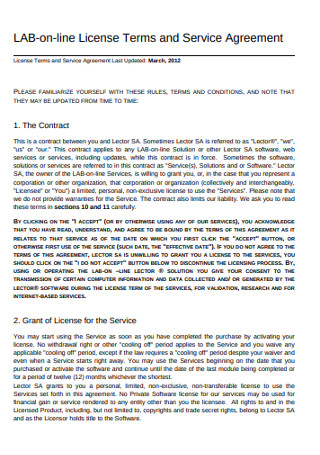
Lab Online License Terms and Service Agreement
download now -
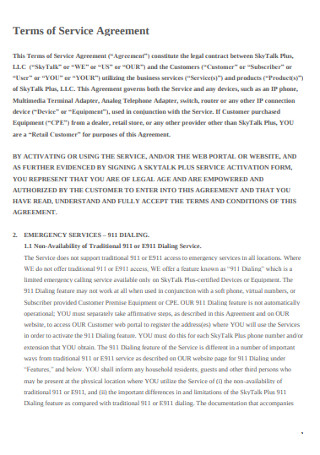
Standard Terms of Service Agreement
download now -

Formal Terms of Service Agreement
download now -
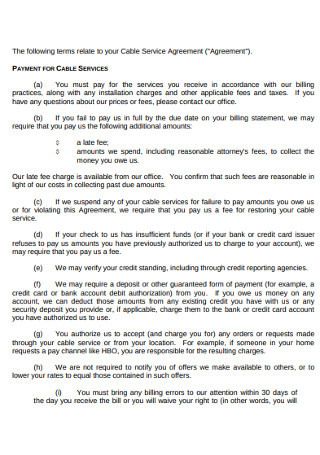
Terms of Cable Service Agreement
download now -
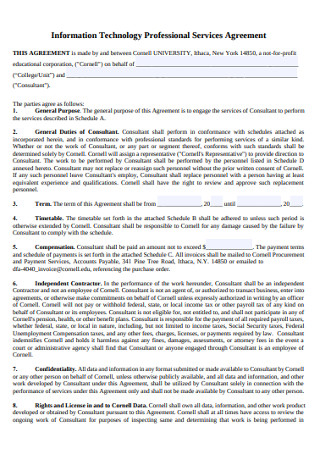
IT Professional Terms of Services Agreement
download now -
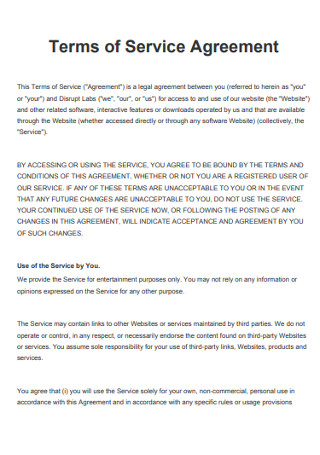
Terms of Service Agreement Format
download now -
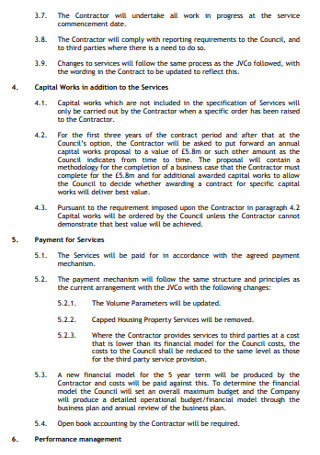
Heads of Terms for a Services Agreement
download now -
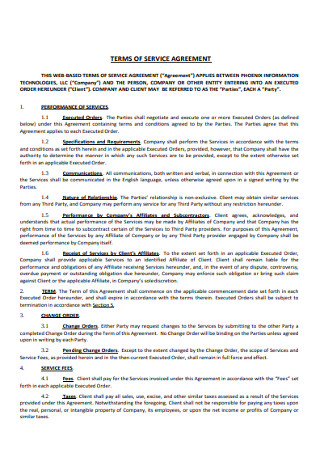
Printable Terms of Service Agreement
download now -
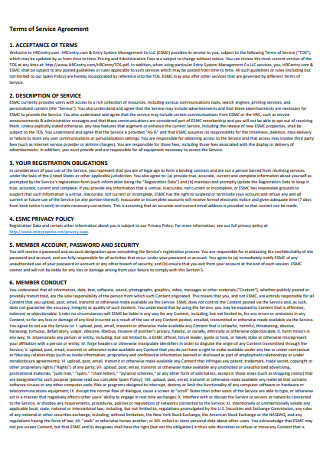
Acceptance Terms of Service Agreement
download now -
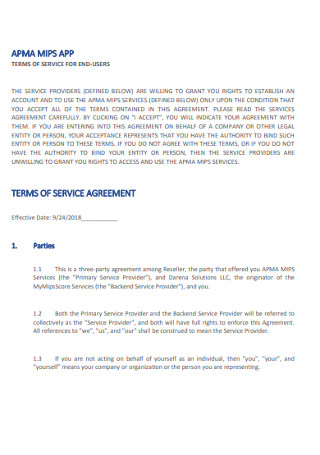
Sample Apps Terms of Service Agreement
download now -
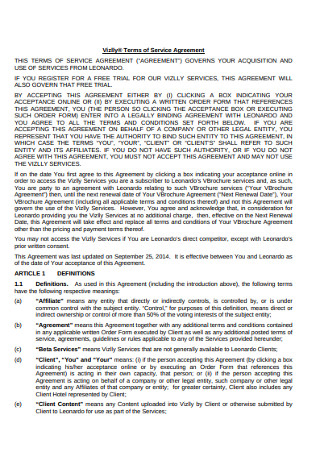
Professional Terms of Service Agreement
download now -
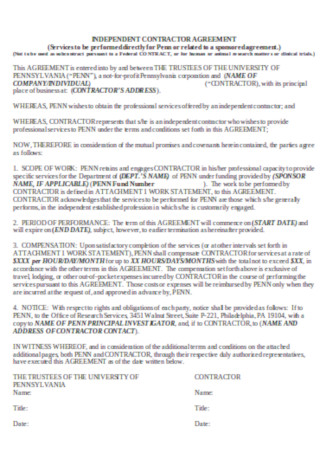
Independed Terms of Service Agreement Template
download now -

Volunteer Terms and Service Agreement Template
download now
FREE Terms of Service Agreement s to Download
Terms of Service Agreement
What Are Terms of Service Agreements?
Why Are Terms
Why You Should Read the Terms of Service Agreement
How To Write a Term of Service Agreement
FAQs
What is a browsewrap agreement?
What is a clickwrap agreement?
Does every website have terms and conditions?
Are terms of service agreement legally binding?
What Are Terms of Service Agreements?
A term of service agreement, also known as terms and conditions, provides rules and regulations from a service provider that a user must follow. It’s commonly present on websites and applications where a pop-up appears, requiring the users to agree to the terms before he or she can navigate through the site. This also appears on the bottom of sites where the user can click a hyperlinked keyword to review the agreement. This restricts their usage and avoids copyright violations and other illegal activities, protecting the site and other user’s interests.
The agreement can also contain a disclaimer clause to free the company from liability in case the site displays wrongful information. This is important for webpages and social media platforms that contain user-generated information that the owner has very little control. That’s why Facebook, Instagram, Twitter, and other popular online shops have reporting mechanisms that give the power to other users to make a complaint when an account violates the terms.
The terms of service agreement contain the following sections that cover different elements of the agreement. As a service provider, you mustn’t miss any conditions that apply to your site and services.
Privacy Policy – most websites and social media sites require user information such as name, email address, and birthdate. A privacy policy assures users that any data collected by the site won’t be disclosed without permission and will only be used for identification purposes.
Intellectual Ownership – giving user access also allows them to access your intellectual properties. Protect them by including a statement that any of the site’s ownership, excluding the user’s content, shouldn’t be used without permission.
Advertisement – if your site is among those that present endorsements, you may want to point out that you may not be held responsible for the content shown on those ads.
Termination – this allows you to act upon your conditions, in case a violation is committed. This explains how an account is terminated and whether or not a notification will be sent.
Terms of Payment – this is visible in sites that require subscription and property payments. While this does not state the amount, it explains matters such as currency used, payment arrangement, and methods on how payment will be terminated.
Modifications – this states that sudden changes may be made on the site without prior notice.
Usage Policy – this section will detail all the list of restrictions that the users need to abide by.
Acceptance – unless the user shows that he or she understands and accepts the agreement, access won’t be available. The most commonly used method is the checkbox that the user can click to signal that they’re ready to use the service.
Why Are Terms of Service and Agreement Necessary?
Terms and conditions are almost unnoticeable. When they’re not written on a pop-up that most people never bother to read, it’s found at the very bottom of the page with a fine print. If they look that insignificant, why do businesses and websites still have them? Below are the major reasons why terms and conditions should be present on your apps and sites:
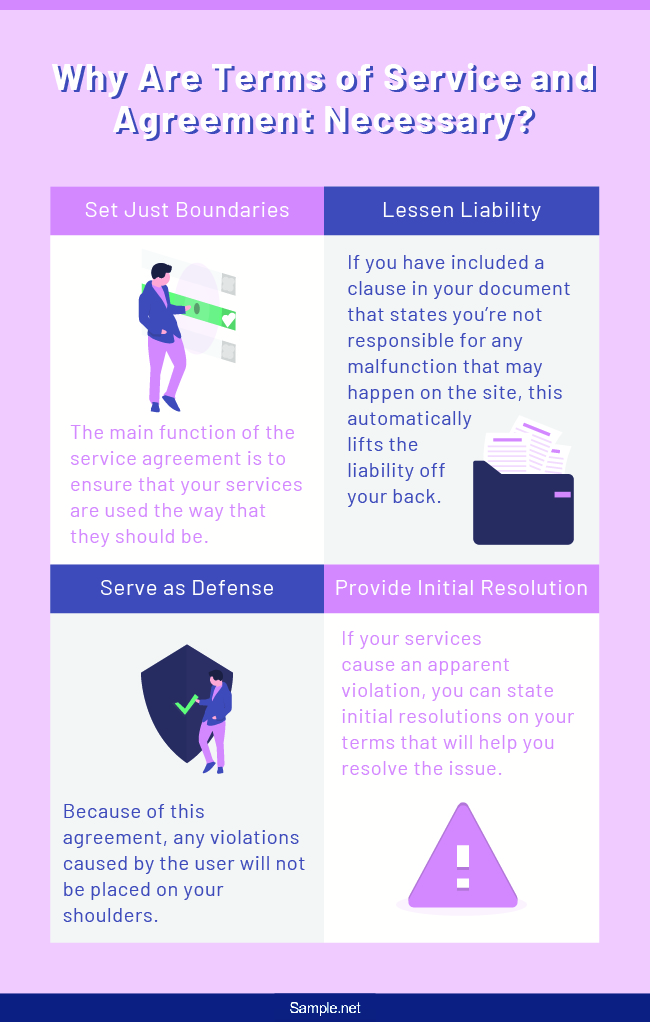
Why You Should Read the Terms of Service Agreement
Given our personal attitude on how we neglect every term of service that we encounter, it’s no surprise that if we do a census right now, a huge majority of people would answer “no.” This is no longer an assumption. An experiment run by two communication professors, York University’s John Obar and the University of Connecticut’s Anne Oeldorf-Hirsch, on this topic, was participated by 543 college students. The students were presented with a faux new social networking site dubbed as NameDrop. A pop-up appeared with a button labeled as “Join” and a reminder that when they decide to sign up, they automatically agree with the terms and conditions of the site.
The result came as no surprise: no one read the agreement. Little did they know, they all just agreed to give NameDrop their first-born child. What else could be missed if we continue to neglect the terms of the agreement?
If you automatically submit yourself to a company or website’s agreement, you could potentially give up significant matters just because you failed to comprehend the entire agreement copy. This includes keeping hold of your private files, real-time monitoring of your messages, and you may never be aware of the changes in the conditions. An example of this is the class-action lawsuit filed against Instagram in 2012 for claiming possession of its users’ photos and using it without compensation. It was stipulated on their amended terms of services that enraged both the public and the celebrities. You may also be subjected to penalties that you unintentionally committed, which can mean trouble for you.
How To Write a Term of Service Agreement
It’s easy to recognize the parts of the agreement, but making its draft can be challenging. This will serve as a guideline for wise service consumers who take time to read the terms and determine their limitations and restrictions when navigating through the site.
Step 1: Set Your Reasons
Before drafting your terms, determine your exact purpose. Ask yourself why you need to lay some ground rules and restrictions for your users to follow. A service agreement’s role is to prevent abuse and to claim your ownership over the site. Determine how you’ll be able to tie your reasons with the agreement’s purpose. This will help you create a general outline of your paper that you can fill with details later on. It also helps if you look for agreement samples where you can base your own.
Step 2: Know What You’ll Need to Include
Although we have provided what the agreement usually includes (refer to the list above under the definition), it varies for different purposes and what your service entails. As an example, a privacy policy is only applicable to sites that need user information submitted. There might also be circumstances where you need to explain why your site needs cookies and how they’ll be used. When you’ve identified what elements suit your agreement, you can start by drafting your own statements under each category to help you get started on the details.
Step 3: Use Simple Language
Because the term “agreement” sounds long and tedious, the majority of people who visit a site or use an app for the first time won’t even bother reading what the content is all about. You can compensate for this by changing “terms of service agreement” to “terms and conditions” and “terms of use,” among others. This makes the agreement look less intimidating. You also need to drop the legal tone on your content and use simple language to increase your copy’s comprehensibility. Strive to make it concise as well.
Step 4: Decide Where to Place Your Agreement
Your agreement’s placement matters significantly. You have to make sure that it’s placed in an area where it’s visible without being disruptive. That’s why it usually comes in the form of a pop-up where the user needs to agree on the terms first before proceeding. For mobile applications, it appears right after it’s installed and before the user can fill out the registration forms. On some websites, it’s placed on the bottom among the site’s information. This keeps the user’s focus on the agreement alone and invites him or her to read the rest of the conditions.
FAQs
What is a browsewrap agreement?
A browsewrap agreement is the type of agreement that already binds you to agree to the conditions by simply browsing through the site. The agreement link is usually placed at the very bottom of the page that the user can click to review the terms.
What is a clickwrap agreement?
A clickwrap agreement forbids you from entering the site or accessing the application without first agreeing to the condition. This usually appears as a pop-up click box.
Does every website have terms and conditions?
No. This is because every website is not required to have their conditions. However, there are types of transactions where the law demands a service agreement. An example of this is the Children’s Online Privacy Protection Act. This requires disclosures for collecting information for children aged under thirteen.
Are terms of service agreement legally binding?
Yes, if they’re presented in a way that meets the conditions of a legally binding contract.
Unconscious actions can have legal consequences. The terms and conditions should benefit both the user and the provider by allowing them to recognize each other’s limits and responsibilities. It should not serve as a reason to put the other at a disadvantage. After all, it’s an “agreement.” Its primary purpose is to establish consensus, not discord.
